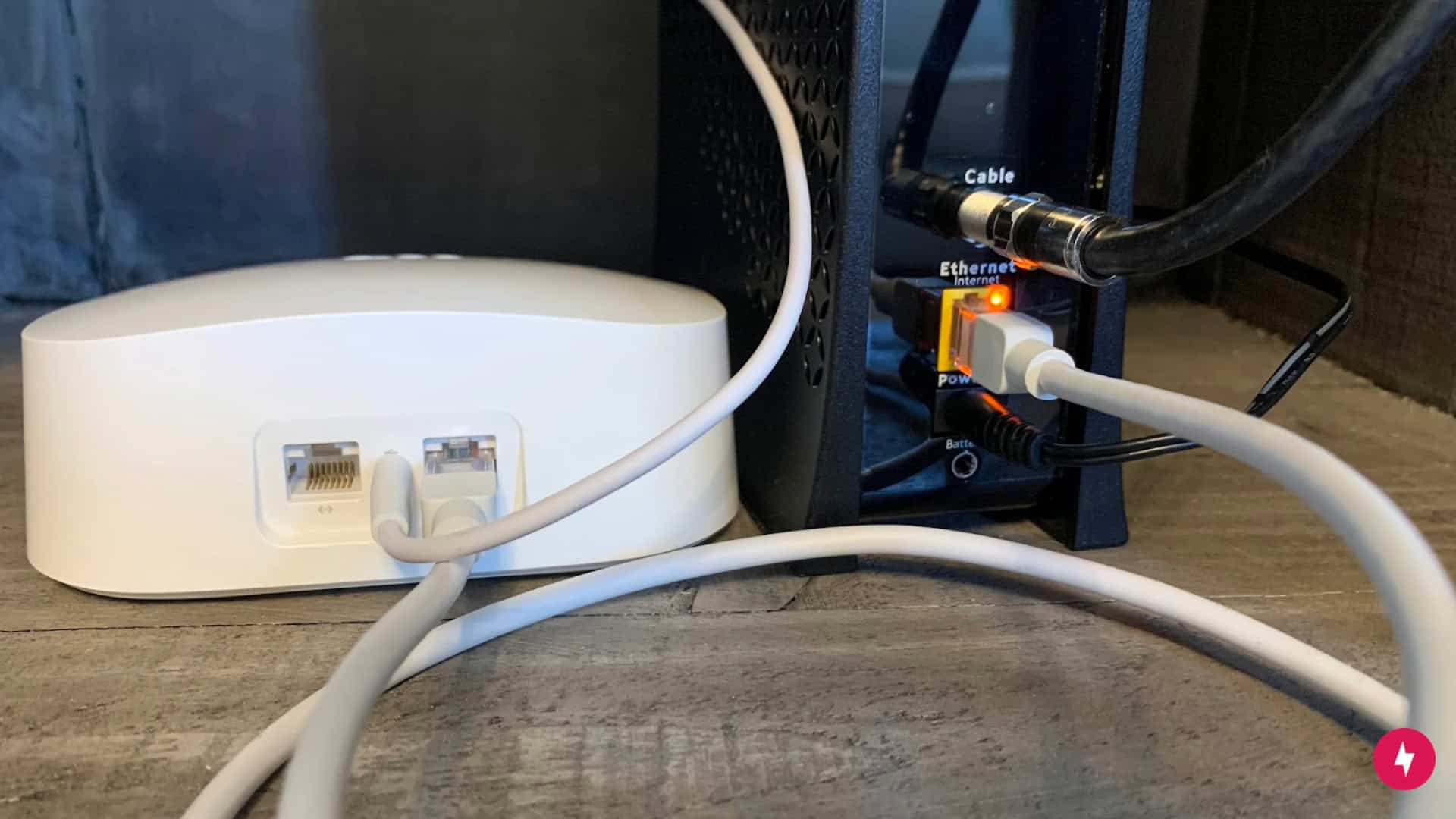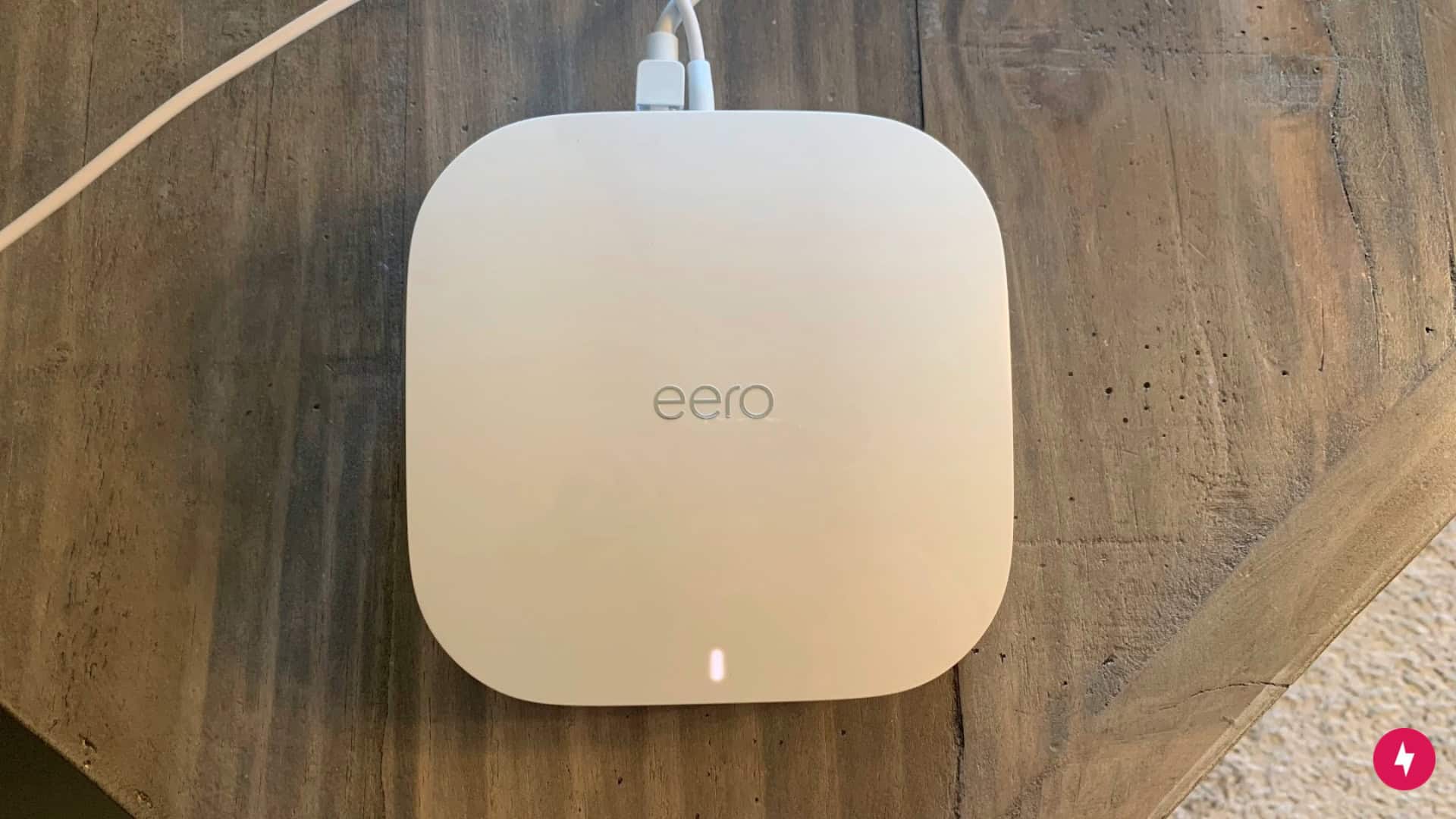How to Restart Your Router and Modem
Don’t underestimate this simple and effective troubleshooting hack to fix internet connectivity issues.

Restarting your router and modem can be a quick and effective solution to internet connectivity issues such as slow speeds, intermittent drops, or outages. Our step-by-step guide for restarting these devices can help you promptly restore your internet connection for optimal performance. Follow the tips below to ensure a seamless online experience.
Our Video on How to Restart Your Router and Modem
Don’t feel like reading the article? Watch our video instead:
Why Should I Restart my Router and Modem?
Restarting your router and modem can often be a quick fix for internet connectivity issues caused by temporary glitches or configuration errors. Here are a few scenarios where this simple troubleshooting step can prove effective:
- Network congestion: During peak usage hours, network congestion may lead to slow or intermittent connectivity problems. Restarting the router and modem can refresh the connection, potentially providing a cleaner path to the internet.
- IP address conflicts: Sometimes, multiple devices on the network may end up with conflicting IP addresses, causing communication conflicts and resulting in connectivity issues. A restart can help reassign IP addresses properly to resolve conflicts and restore connectivity.
- Firmware bugs or glitches: Firmware bugs or glitches within the router or modem can cause instability in the network connection. Rebooting the devices can help clear out temporary memory and reload the firmware, potentially fixing any underlying software issues. A firmware update can enhance security as well.
- DNS issues: Domain Name System (DNS) servers translate domain names into IP addresses. If there are issues with DNS settings or the assigned DNS servers are unresponsive, restarting the router and modem can prompt the devices to fetch new DNS information to resolve DNS-related connectivity problems.
- ISP side problems: Sometimes, the issue might not be with your devices but with the Internet Service Provider (ISP). Restarting the router and modem can initiate a fresh connection attempt with the ISP’s servers to resolve any communication issues between your home network and the ISP’s infrastructure.
- Clear router memory: Your router’s memory, or cache, builds up over time, especially when multiple devices are connected to a single Wi-Fi network, including smartphones, laptops, and smart devices. This cache can become overloaded due to the increasing demand on the network’s resources, leading to memory saturation or performance slowdowns. A simple reboot effectively resets the memory storage to alleviate congestion and restore optimal internet connectivity.
- Prevent overheating: Wi-Fi routers and modems generate heat that requires proper ventilation. Inadequate airflow can lead to overheating, potentially impairing the device’s functionality. Rebooting interrupts electrical currents, aiding in its cooling process.
Restart vs. Reset: What’s the Difference? Restarting a router and modem involves temporarily turning them off and then back on again, which clears out temporary memory and can resolve minor connectivity issues. Resetting a router and modem involves restoring the devices to their factory default settings. A reset erases all custom configurations such as network passwords. Resetting is a more drastic measure typically used when troubleshooting severe issues or when reconfiguring the device from scratch is necessary.
How to Restart Your Router and Modem

Follow the steps below for rebooting both your modem and router. Restarting both at the same time as opposed to only rebooting one or the other can be an effective way to troubleshoot internet connectivity issues.
1. Unplug Your Modem and Router

Unplug your modem and router from the electrical outlet. Wait 30 to 60 seconds to allow your devices to go offline. Most network setups have a modem and router connected by Ethernet. You can keep these connected while rebooting.
Read Before You Press: Most modems and routers from major ISPs like Spectrum, Xfinity, or AT&T have a reset button on the device. This button may or may not be labeled. Either way, avoid pressing it as this will begin a device reset that erases any custom configurations on your home network.
2. Plug in the Modem

Plug in your modem and allow it to power up. If it doesn’t power up on its own, you can press the power button, if it has one. Wait about 60 seconds for all lights to come on to signal the modem is up and running. There are usually between two and four lights on a modem, but this will vary based on your device. When I reboot my Spectrum modem, there are two lights: one for power and one showing the device is online.
3. Plug in the Router

Plug in your router. If your Wi-Fi router has a power button, press it to power on the device. Wait at least two minutes for the router to boot up. Similar to your modem, your router will have a light signaling the device is properly connected. Usually, there is only one light, and when it is connected it will remain solid.
4. Test Your Connection
When both your modem and router are connected, perform a test on the connection. Depending on what the issue is, such as a lag in loading streaming services, test out how the internet is operating. Determine if restarting your modem and router solved your connectivity issues. If not, you’ll want to continue troubleshooting your connection. Troubleshooting steps will vary based on whether you’re using AT&T, Spectrum, Xfinity, or other ISP devices.
Troubleshooting Tips
If you’re still having some issues with your devices connecting to Wi-Fi, there are some troubleshooting steps to try. Here’s a quick guide to navigating troubleshooting issues.
| Issue | Likely cause | Solution |
|---|---|---|
| Internet drops every night | ISP outage or router overheating | Restart router and modem, check for ISP outages or move your router to a cooler location. |
| Router light blinking but no internet | Loose connections, outdated firmware, or an ISP issue | Check cables, restart router and modem and update firmware. |
| Slow internet or buffering | Network congestion or Wi-Fi interference | Restart router, reduce the number of active devices or switch Wi-Fi channels |
| Device won’t connect to Wi-Fi | Incorrect password or router issue | Verify password or restart router and reconnect devices |
Router and Modem Best Practices
Maintaining a good internet connection via their router and modem means you’ll have fewer chances of running into issues in the long run. The following methods are crucial if you want your household to experience a secure and stable connection no matter which device they use or how long they use it for. This is especially true if you want to boost your Wi-Fi.
Reset Frequently
While rebooting your router and modem can be a great way to resolve some internet connectivity issues, it’s also a valuable maintenance task. It should be done regularly, even if you’re not experiencing issues. Reset your router and modem at least once a month to keep your devices operating smoothly.
In addition to restarting your devices, there are other best practices for routers and modems to ensure optimal performance. While modem placement doesn’t make much of a difference, router position does matter greatly in ensuring the most coverage. Position the router centrally within your home, elevating it off the floor. Keep the router away from obstructions like walls, furniture, and electronic appliances, as these can impede the Wi-Fi signal.
Tighten Up Online Security
Keeping your modem and router secure is essential for preventing cyberattacks. Set a strong, unique password for your Wi-Fi network to prevent unauthorized access and protect against potential security breaches. Enable WPA2 or WPA3 encryption to encrypt data transmitted over the network, further enhancing security. Regularly update router firmware to patch security vulnerabilities and improve performance.
Modify Router Settings
Optimizing router settings can also significantly enhance Wi-Fi performance. Configure Quality of Service (QoS) settings to prioritize bandwidth for specific devices or applications, ensuring smooth performance for critical tasks like streaming or online gaming. Splitting the Wi-Fi network into separate bands — 2.4 GHz and 5 GHz — can alleviate congestion in densely populated Wi-Fi environments, improving overall performance.
Signs You Need to Upgrade Your Router and Modem
In some cases, no matter how much troubleshooting you perform on your router and modem, nothing seems to make a difference. If this is happening, it might be a sign your router and modem could use an upgrade. On average, routers and modems can last around five years before requiring replacements.
Recognizing signs indicating the need for a new router or modem can prevent prolonged internet issues and ensure a smoother online experience. Here are several indicators that may suggest it’s time to consider upgrading:
- Frequent disconnections: If your internet connection frequently drops or becomes unstable despite troubleshooting efforts, it could be a sign of outdated hardware.
- Slow internet speeds: Consistently slow internet speeds, especially when multiple devices are connected or during peak usage hours, may indicate that your current router or modem is unable to keep up with the demands of your household.
- Limited coverage: If certain areas of your home consistently have weak Wi-Fi signals or dead zones, despite attempts to reposition the router or use range extenders, investing in a router with better coverage capabilities may be necessary.
- Security concerns: Older routers may lack important security features and firmware updates, leaving your network vulnerable to cyberattacks. Upgrading to a newer model with robust security features can help safeguard your personal data and devices from potential attacks.
Frequently Asked Questions About Routers and Modems
What if resetting my router doesn’t fix my internet?
Check for any firmware updates available for your router and install them if necessary, as outdated firmware can cause performance issues. Some issues may not be in your hands to fix, such as an internet outage, network congestion, or throttling. Check with your internet service provider if you’re still experiencing issues.
What is the difference between a modem and a router?
A modem and a router are both required to deliver internet access to your home and contribute to your home network in different ways. In general, a modem connects your network to the internet, while a router facilitates communication and manages network traffic within your local area network (LAN).
Should I restart my router daily?
You don’t need to restart your router daily. A common recommendation is to reboot your router every few weeks or once a month to clear out temporary memory, refresh connections, and prevent any buildup of software glitches or bugs that could affect performance. If you notice a decline in internet speed or experience connectivity issues, rebooting your router can be a quick and effective troubleshooting step to resolve these issues.
How often should you update your router’s firmware?
Updating your router’s firmware every two to three months ensures optimal performance, security, and compatibility with the latest technologies. Manufacturers often release firmware updates to address security vulnerabilities, improve stability, and add new features to routers. As a general guideline, you should check for firmware updates at least every few months or whenever a new update becomes available.
Will restarting affect my devices or smart home?
Restarting your router and modem temporarily interrupts your internet connection, which means any smart devices that rely on Wi-Fi (lights, thermostats, security cameras or streaming devices) will lose connectivity for a few minutes. Once the restart is complete, your devices should automatically reconnect.